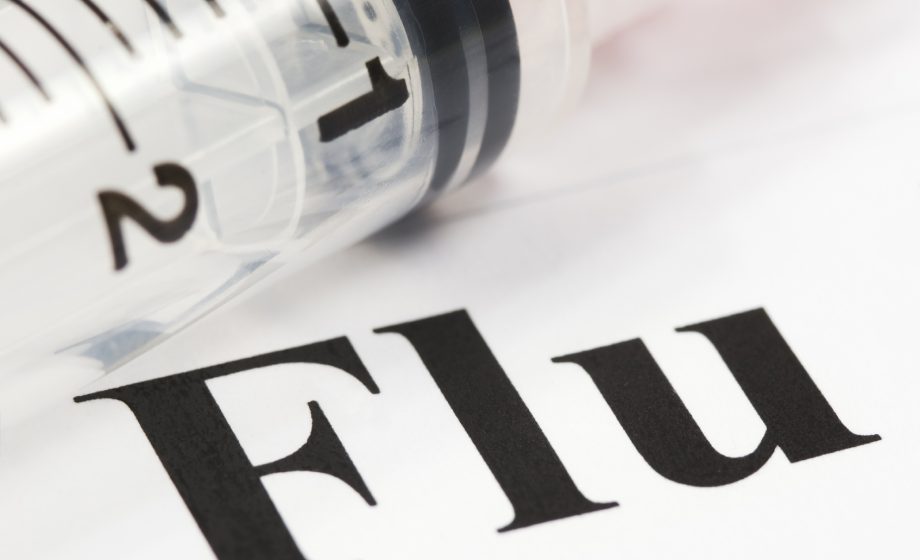
A band-aid style flu jab which delivers the flu vaccine directly into the dermal layer of the skin via hundreds of tiny, almost invisible needles is on course to replace the traditional flu injection – which is great news for needle-phobes everywhere. It doesn’t need to be administered by a trained professional and due to its composition it can be stocked on pharmacy or even supermarket shelves without the need for refrigeration. Greater accessibility to the drug means a far larger number of immunised people and therefore a greater percentage of ‘herd immunity’. In the near future, these vaccinations could be mailed out to people or even applied on the go. The ease of use and long shelf life without the need for a fridge means that these vaccines could be especially effective in the developing world, where access to vaccines is typically restricted to wealthier people who live in more urban areas.
Like the nasal spray flu vaccine, the patch could be very helpful for young children or those who are afraid of traditional injections. Dissolvable microneedles ensure that they can be disposed of safely at home which reduces the load on medical waste facilities. Syringes are dangerous after disposal, so dissolvable microneedles on patches are already a significant improvement.
Also currently in development are Nanopatches, which use a similar technology with even smaller vaccine-coated microprojections which are designed to perforate the outer layer of skin and deliver the vaccine easily and painlessly. There are around 20,000 tiny microscopic needles per square centimetre which are so tiny that they are completely invisible to the naked eye.
The complexity of the tiny scale of the product has long held it back from commercial success. Creating something so fragile on such a small scale has always made it far more expensive than is realistically feasible. However, modern technology and techniques mean that the process for making painless flu jabs is now more than commercially viable.
Though these two technologies are at different points in the design and trial process, the fact that they are passing milestones which previously held the technologies back is a good sign for all of medical science. In the most recent trial for the band-aid style flu jab, a test on 100 people in the United States found that the patch was far less painful than the jab, but would result in a higher chance of side effects like redness and itching.
A week after the injection, 44% of the control group reported pain at the vaccine site, compared to 20% of people who used the patch as the method of application. Itching was found in 84% of people who used the patch instead of 16% of those who received the traditional jab. The closest similarity was in tenderness, where 68% of people experienced it with the patch as opposed to 60% in the jab. The side effects of the patch were therefore more likely, yet less severe.
Initial results have shown that these new methods of flu vaccine application are just as effective in terms of antibody production and immune system protection as the traditional jab, though larger sample sizes will be necessary before we can say that with total confidence. For now, though, we can say that the general prognosis looks good.
One of the biggest benefits will be the savings made in government-funded healthcare systems like the NHS. Instead of making an appointment to see a GP, it could be quicker and easier for people to purchase a patch and apply it easily themselves. The trial found that people were capable of using the patch correctly the first time in 100% of cases.
Around 800 people in France alone were admitted to hospital during the winter period of 2012/2013 in relation to severe flu and its associated complications. Unfortunately, 150 of these patients lost their lives due to the illness. It can be, and has been, worse. The 2009 Flu pandemic caused between 100,000 and 400,000 deaths in Europe alone, and was particularly devastating to those who were elderly or very young.
A readily available, painless, convenient vaccine will hopefully avoid or limit any future outbreaks both within France and throughout the wider world.

